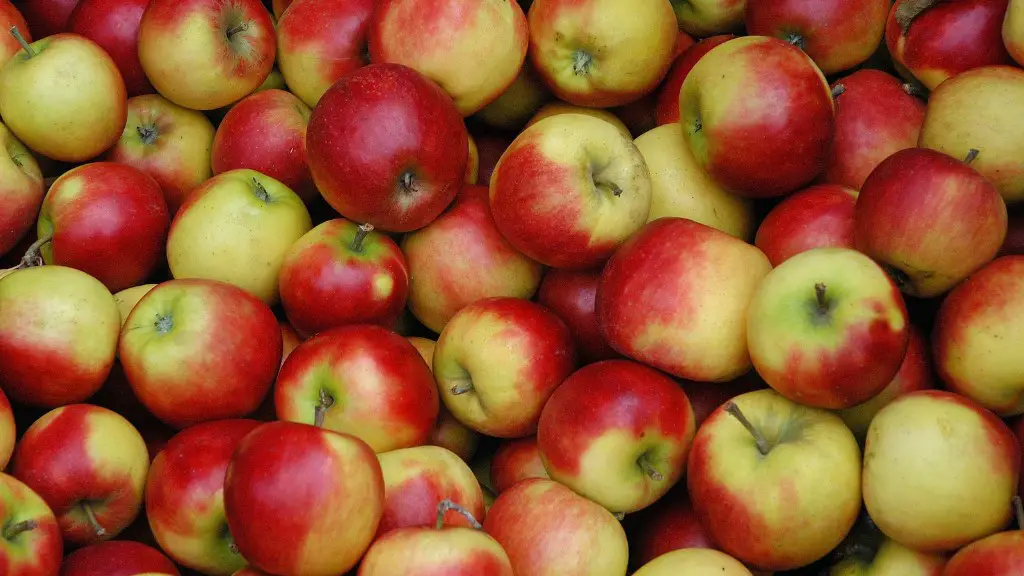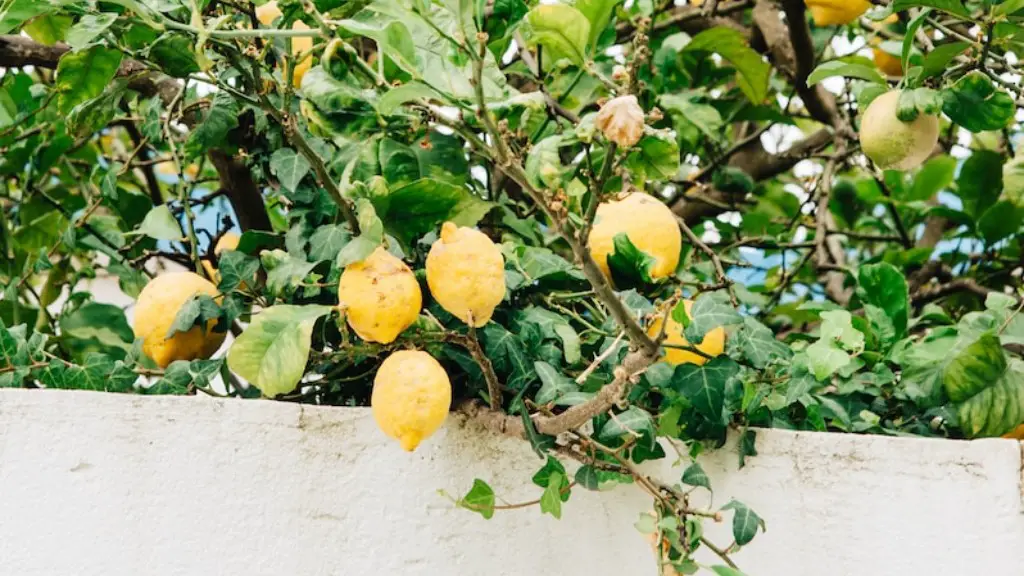Grafting is a popular and reliable horticultural technique that has been used for centuries. Grafting is a process by which pieces of two plants are permanently joined together, forming a graft union and creating a single, self-supporting organism. In grafting, a scion, or a piece of stem from the desired variety of tree, is generally grafted onto a rootstock that provides the best combination of environmental adaptability. Grafting onto an apple tree is a relatively straightforward process and can be used to introduce new rootstocks and/or increase the disease resistance of an existing tree.
Types of Grafts
Grafts onto apple trees are generally done using one of two methods: chip-budding or whip-and-tongue grafting. Chip-budding involves removing a small section of bark from the stem of the donor tree and affixing it onto the rootstock. The scion attached in this way will develop roots and will remain attached to the rootstock. Whip-and-tongue grafting requires a smooth and slightly longer joint, and it utilizes three distinct cuts made on both the scion and the rootstock, allowing for a larger contact area. This method is best used when a larger graft is required.
Tree Preparation
Before grafting, the rootstock and scion should be prepared properly. This includes pruning the rootstock to ward off the chance of insect or disease contamination, as well as sanitizing the grafting tools. The scion should be taken from a healthy, mature tree of the desired variety, and it should be trimmed with a sharp knife before being placed onto the rootstock.
Grafting Technique
Once the rootstock and scion are prepared, the grafting process begins by making the appropriate cuts on the rootstock before inserting the scion. When grafting a chip bud, the scion should be placed in the cut and held in place with wax or a clip. When grafting a whip-and-tongue graft, the three distinct cuts should be made on both the rootstock and scion, and the scion should be held in place with a rubber band.
Securing the Graft
In order for the graft to take successfully, it must be secured properly. After placing the scion on the rootstock, the area should be tightly wrapped in grafting tape and securely tied. Additionally, the scion should be protected from the elements by placing a bag or plastic wrap over the entire area.
Care After Grafting
Grafts can take some time to heal, and they must be monitored and kept free from competing vegetation. After grafting, the area should be checked regularly for signs of moisture buildup or rot, which can lead to a failure of the graft union. Additionally, the tree should be watered regularly and kept free from debris or excess mulch.
Disease Resistance
Disease resistance has become an increasingly important factor in apple tree cultivation in recent years. Grafting onto apple trees is one of the most effective ways to improve disease resistance, as it can introduce new rootstocks into the tree while still retaining the more desirable characteristics of the scion. This can significantly improve the health of the tree, as well as its yield.
Productivity
Grafting can also be used to increase the productivity of an apple tree by introducing new rootstocks and scions. Introducing a new rootstock can increase the root growth of a tree and make it more productive, while grafting on a new variety of scion can reduce disease and pests. Additionally, grafting can be used to create new varieties of apple trees, allowing for increased variety in crops.
Cost Efficiency
Grafting onto apple trees can be a cost-effective technique for horticulturalists to increase the health and yield of their crops. Grafting requires fewer resources than attempting to produce new trees from seed, and it can be done quickly and with minimal effort. Moreover, grafting is a reliable technique that has been proven to work in many different environments.
Versatility
Grafting onto apple trees offers a great degree of versatility to horticulturalists. It can be used to introduce new rootstocks, increase disease resistance, improve the productivity of a tree, create new varieties, and reduce overall costs. Furthermore, it can be used in various environments and can often be done in a relatively short amount of time.

